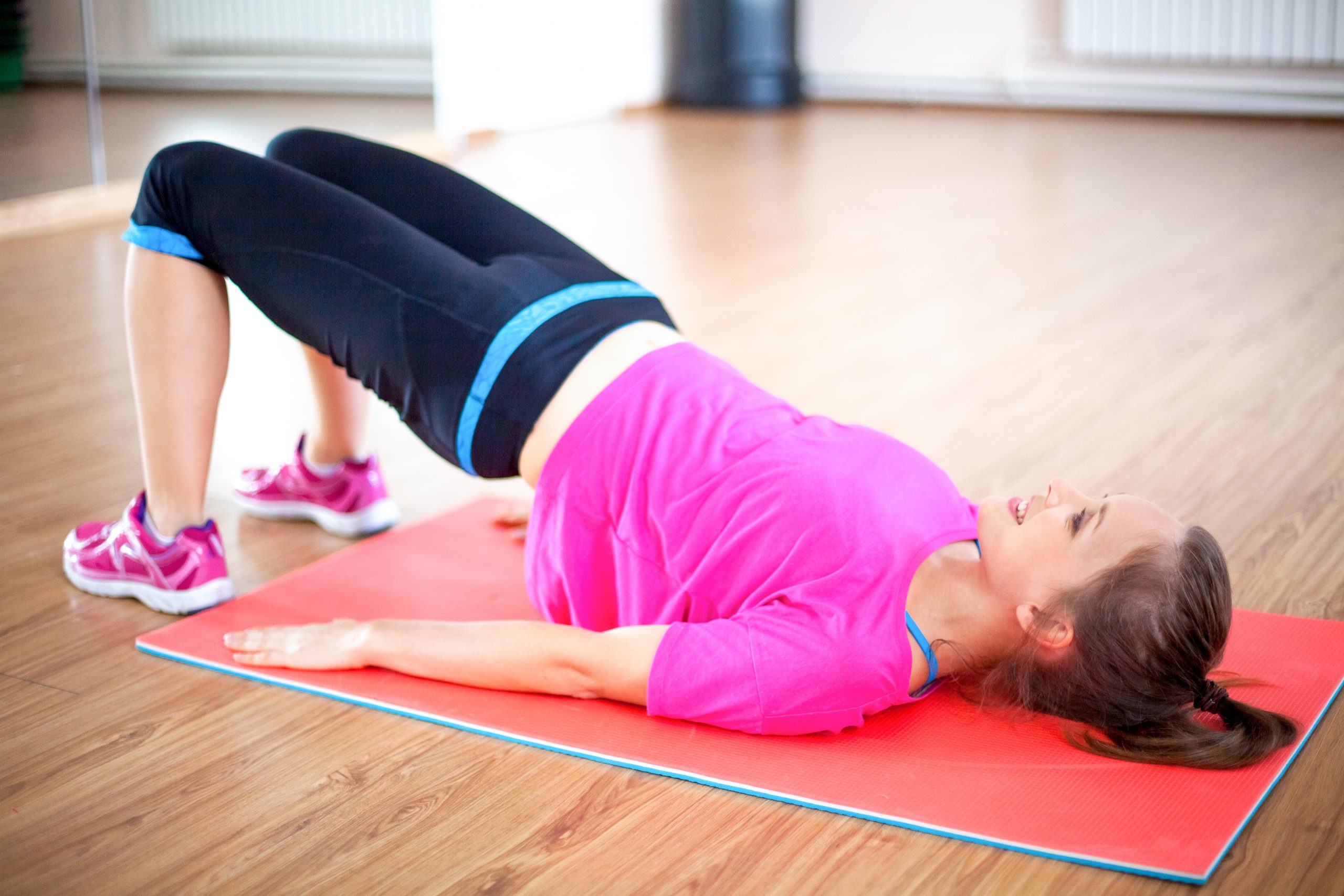DIAGNOSIS
Different health agencies direct and bolster investigation into numerous infections and conditions.
Working up your pelvic muscles with Kegel exercises can help with your bladder control.
TREATMENT
Locate the correct muscles. Attempt one of the accompanying approaches to locate the correct muscles to press.
Envision that you are attempting to quit passing gas. Squeeze the muscles you would utilize. On the off chance that you sense a “pulling” feeling, you are crushing the correct muscles for pelvic exercises.
Envision that you are perched on a marble and need to get the marble with your vagina. Envision “sucking” the marble into your vagina.
Rest and put your finger inside your vagina. Squeeze as though you were attempting to prevent pee from turning out. If you feel snugness on your finger, you are pressing the correct pelvic muscles.
Give your primary care physician, nurse, or therapist a chance to help you. Numerous individuals experience difficulty finding the correct muscles. Your primary care physician, nurse, or therapist can check to ensure you are doing the activities effectively. You can likewise practice by utilizing special weights or biofeedback. Getting some information about these activities help.
Try not to press different muscles simultaneously. Be mindful so as not to tighten your stomach, legs, or different muscles. Squeezing an inappropriate muscles can put more weight on your bladder control muscles. Simply squeeze the pelvic muscle. Try not to hold your breath.
Repeat, however, don’t try too hard. From the outset, locate a calm spot to rehearse—your restroom or room—so you can think. Lie on the floor. Draw in the pelvic muscles and hold for a tally of three. At that point, unwind for a count of 3. Work up to 10 to 15 repetitions each time you work out.
Do your pelvic exercises at least three times each day. Consistently, utilize three positions: resting, sitting, and standing. You can practice while lying on the floor, sitting at a work area, or remain standing in the kitchen. Utilizing each of the three positions makes the muscles strongest.
Show restraint. Try not to surrender. It’s only five minutes, three times each day. You may not feel your bladder control improve until following three weeks to about a month and a half. In any case, most women do see an improvement following half a month.


